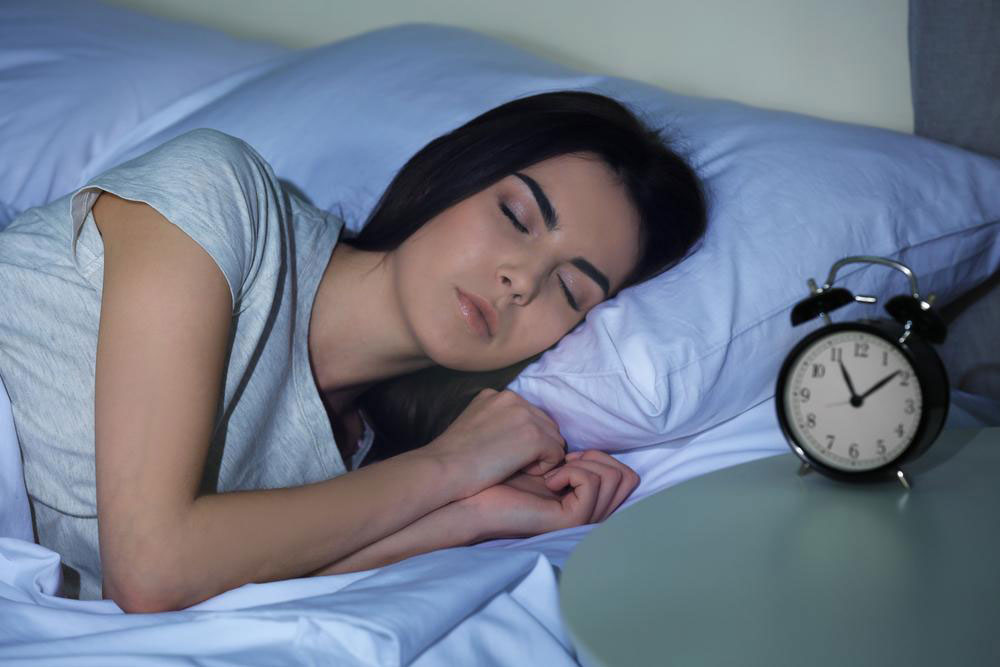Comprehensive Guide to Medications for Managing Sleep Disorders
This comprehensive article explores the various medications used to treat sleep disorders, including benzodiazepines, non-benzodiazepine hypnotics, dopamine agonists, melatonin receptor agonists, anticonvulsants, and wakefulness-promoting drugs. It details each class's function, benefits, and precautions, providing valuable insights for patients and healthcare providers seeking effective sleep solutions. The article emphasizes the importance of personalized treatment and lifestyle adjustments to improve sleep health and overall well-being.

Sleep disorders are a widespread issue affecting millions of individuals worldwide, leading to significant impairment in daily functioning, mental health, and overall well-being. Managing these disorders often requires a multifaceted approach that combines lifestyle modifications with targeted medical therapies. Recent advancements in sleep medicine have expanded the range of pharmacological options available, allowing for more tailored and effective treatment plans. Understanding the common medications used in treating sleep disturbances can empower patients and healthcare providers to make informed decisions that improve sleep quality and overall health.
Maintaining healthy sleep patterns is crucial, but when natural sleep is disrupted due to underlying conditions, medication can play a vital role. Healthcare professionals prescribe different classes of drugs depending on the specific sleep disorder, its severity, and the patient's overall health profile. This comprehensive guide explores the most prevalent medications used to treat various sleep disorders, their mechanisms of action, and important considerations for safe use.
1. Benzodiazepines: The Traditional Sleep Aids
Benzodiazepines have been a cornerstone in sleep medicine for decades. They belong to the hypnotic class of medications and are primarily used to induce sleep and manage parasomnias, such as sleepwalking or night terrors. Common benzodiazepines prescribed for sleep issues include clonazepam, diazepam, temazepam, estazolam, alprazolam, and lorazepam.
These drugs work by enhancing the effect of gamma-aminobutyric acid (GABA), an inhibitory neurotransmitter in the brain, leading to sedation, anxiolysis, muscle relaxation, and anticonvulsant effects. While effective, benzodiazepines are generally recommended for short-term use due to potential dependence, tolerance, and side effects such as memory impairment and daytime drowsiness.
2. Non-benzodiazepine Hypnotics: Modern Sleep Medications
In response to concerns about benzodiazepine dependence, non-benzodiazepine hypnotics were developed. Drugs such as zaleplon and eszopiclone are preferred for their selective binding to specific GABA receptors, resulting in fewer side effects and a lower risk of dependence. These medications are primarily indicated for the short-term treatment of insomnia and are generally well-tolerated.
They help patients fall asleep faster and prolong sleep duration, improving overall sleep quality. However, precautions should be taken to avoid complex sleep behaviors, such as sleepwalking or sleep eating, which have been reported with these agents.
3. Anti-Parkinsonian and Neuroactive Agents for Restless Legs & Limb Movements
Restless Leg Syndrome (RLS) and periodic limb movement disorder are common causes of sleep disruption. To manage these conditions, dopamine agonists such as levodopa, Sinemet (carbidopa-levodopa), bromocriptine, ropinirole, rotigotine, and pramipexole are frequently prescribed. These medications work by stimulating dopamine receptors in the brain, alleviating discomfort and reducing limb movements during sleep.
These drugs improve sleep continuity and reduce nighttime awakenings, significantly enhancing quality of life for affected individuals. Nonetheless, long-term use can lead to side effects such as impulse control disorders or augmentation, where symptoms worsen over time.
4. Opiates in Sleep Management
Though primarily used for pain management, opiates like codeine, oxycodone, methadone, and dihydromorphine are occasionally prescribed to treat severe cases of RLS or other sleep disorders involving significant discomfort or movement issues. In certain circumstances, such as during pregnancy, opiates may be used under strict medical supervision to alleviate symptoms.
These potent drugs must be used with caution because of their high potential for dependence, overdose, and respiratory depression. They are generally reserved for cases where other treatments have failed or are contraindicated.
5. Melatonin Receptor Agonists: Targeted Sleep Induction
Melatonin receptor agonists, such as ramelteon (brand name Rozerem), offer a different mechanism of promoting sleep by mimicking the action of endogenous melatonin. This hormone regulates the sleep-wake cycle, and supplementing it can aid individuals with circadian rhythm disorders or difficulty falling asleep.
Ramelteon is especially useful for patients with sleep-onset insomnia and has a favorable safety profile, with minimal risk of dependence or next-day impairment. It is often considered a first-line medication in cases where behavioral modifications alone are insufficient.
6. Anticonvulsants: Addressing Limb Movements & Nighttime Eating
Anticonvulsant drugs such as divalproex (Depakene), gabapentin enacarbil, and pregabalin are increasingly used to manage sleep-related conditions beyond seizures. These medications are effective in treating nocturnal eating syndrome, periodic limb movement disorder, and certain forms of insomnia, especially when linked to nerve pain or anxiety.
They stabilize nerve activity and alleviate discomfort, thus improving sleep continuity. Side effects vary, from dizziness to weight gain, and require careful monitoring.
7. Anti-Narcoleptic Agents: Enhancing Wakefulness
Conditions like narcolepsy, shift work sleep disorder, and excessive daytime sleepiness often require wake-promoting medications. Modafinil and methylphenidate are commonly prescribed to improve alertness during the day, combat sleepiness, and enhance cognitive function.
In some cases, sodium oxybate may be used as an alternative to regulate sleep patterns and reduce cataplexy in narcoleptic patients. These medications must be used under strict medical supervision due to potential side effects such as cardiovascular issues and dependency.
8. Orexin Receptor Antagonists: Regulating Sleep-Wake Cycle
Newer in the market, orexin receptor antagonists like Belsomra (suvorexant) fundamentally alter sleep regulation by blocking orexin receptors, which are involved in wakefulness. These drugs promote sleep onset and maintenance, proving effective in treating insomnia linked to difficulty staying asleep.
They offer a novel approach to sleep management, with studies indicating good safety profiles and minimal next-day drowsiness. As research advances, these agents may become staples in comprehensive sleep disorder treatment plans.
Conclusion
Over recent decades, research into sleep disorders has greatly expanded, leading to more precise and diverse treatment options. While the use of sedatives like benzodiazepines has declined due to safety concerns, a wide array of medications, including hypnotics, dopamine agonists, melatonin receptor agonists, anticonvulsants, and wakefulness-promoting agents, now provides effective management tailored to each individual's needs.
Proper diagnosis and treatment planning by healthcare professionals are essential for optimizing outcomes. It's important that patients adhere to prescribed therapies and engage in lifestyle modifications, such as maintaining regular sleep schedules and adopting good sleep hygiene, to achieve the best possible sleep quality and overall health.





